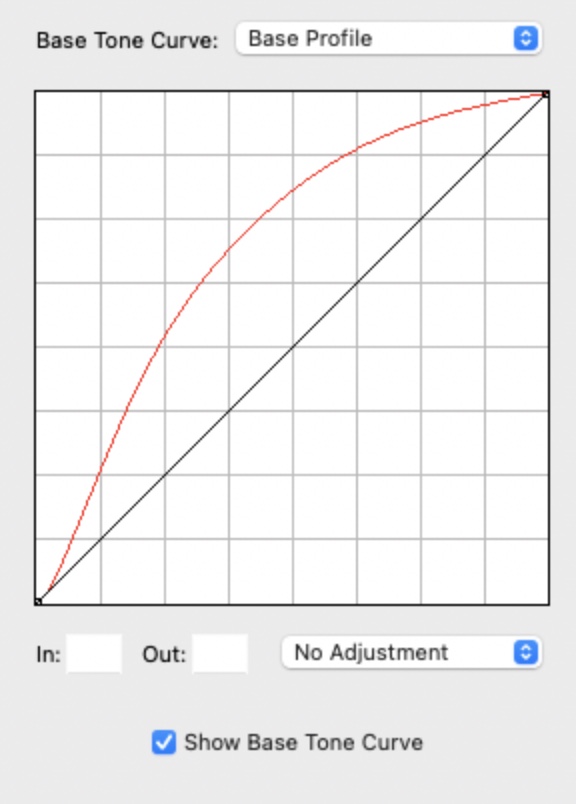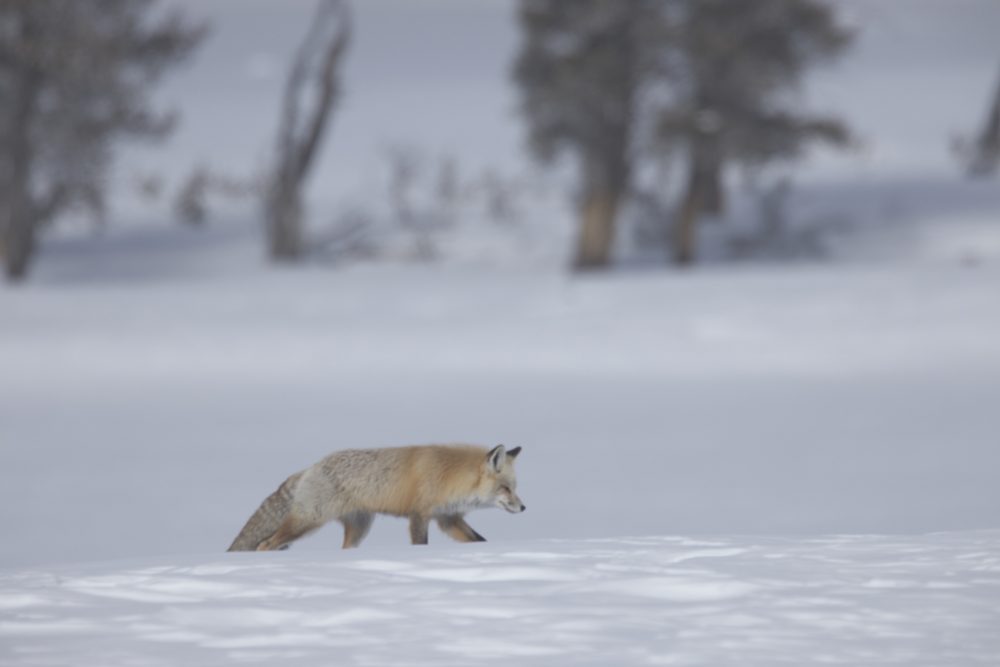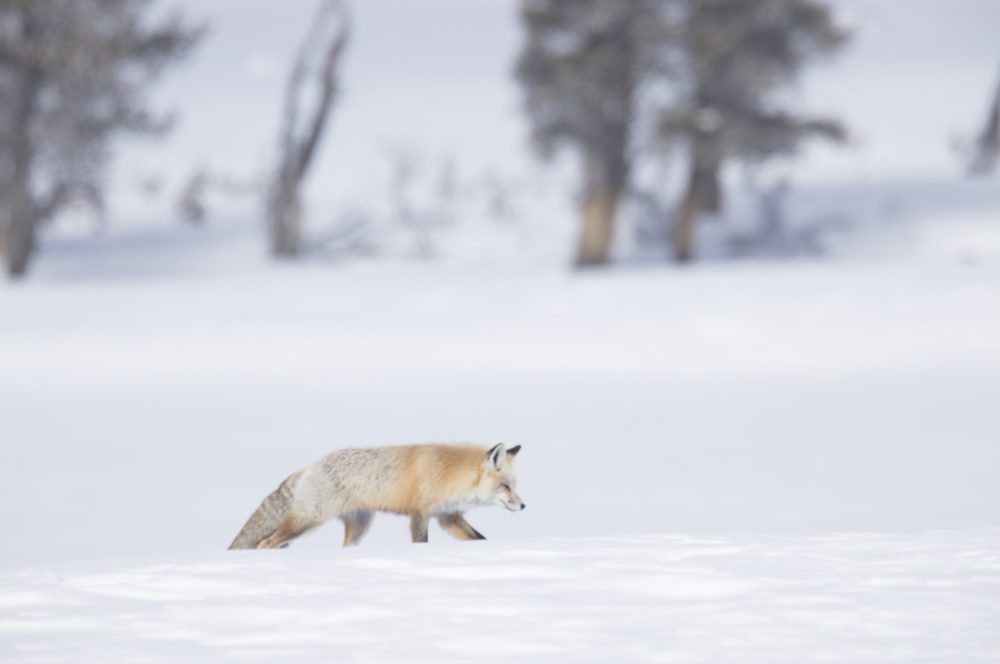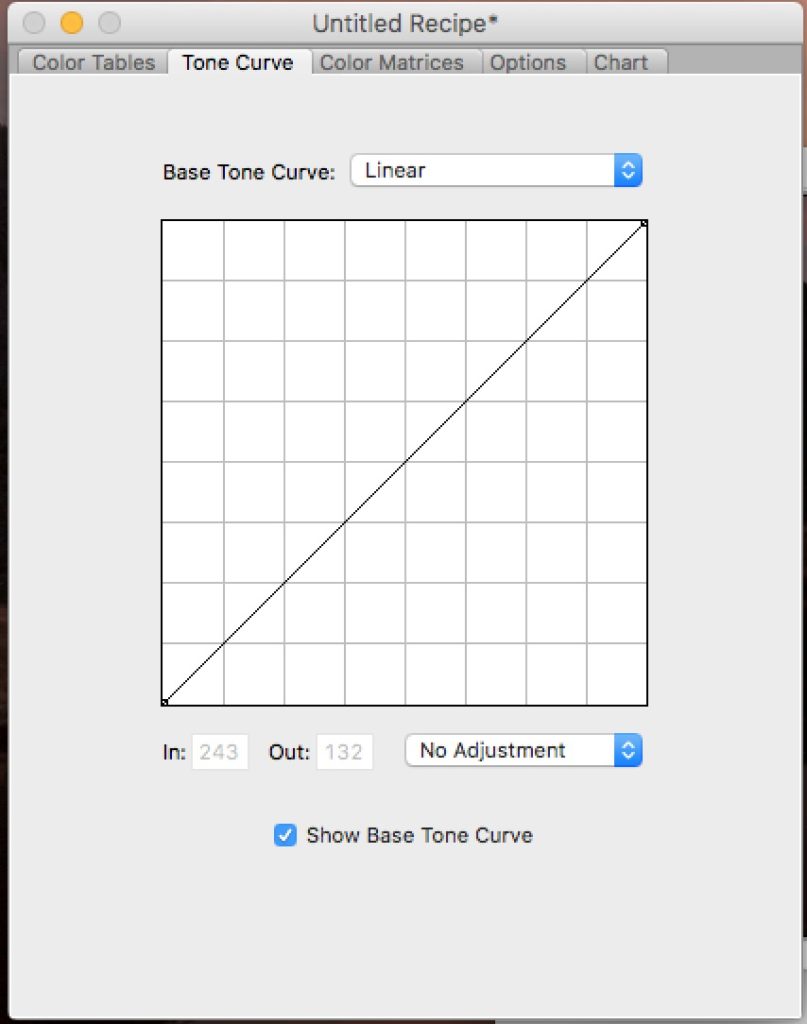When viewing a RAW file in Adobe Lightroom, the program uses a profile to attempt to match the image you see on the desktop to the image you saw on the back of the camera. These profiles include “Adobe Standard” plus the various picture styles that your specific camera uses (neutral, landscape, portrait, faithful, etc.).
The profiles are used to translate a RAW file into a viewable image, including information about color and luminance. All the default profiles, including Adobe Standard add a tone curve to boost the mid tones of your image.

While this mid tone boost is helpful in most files because of the way RAW files work, there are some images that benefit from using a linear tone curve. The image below is a good example. You’ll see how the standard profile brightened the sky too much, removing all the sunset detail. The linear profile is a much better starting point to work with this image. The only other adjustments made to these two images is Shadows +50.


Follow the steps below to create your own custom profile that utilizes a linear tone curve. You will need to create a new profile for each camera you use.
- Download Adobe DNG Profile Editor for Mac or Windows
- Open any image in Lightroom and make sure to choose the “Adobe Standard” profile under Camera Calibration (the bottom tab in the Develop Module)
- Export the image as a DNG (Export to DNG under Lightroom Presets)
- Open the DNG using the DNG Profile Editor you just downloaded
- Under the “Tone Curve” tab, set the Base Tone Curve to “Linear”
- Go to File > Export “Your camera” profile… (this should default to the correct folder) and click Save
- Quit and reopen Adobe Lightroom to find the new profile in the Camera Calibration Tab
The image may appear more dull depending on how many mid tones and shadows you have, but you should notice more detail in the highlight areas. Try using it on different images to see the result.
You could attain the same result with a standard profile by darkening the sky with a brush or filter, but I’d much rather have an unadjusted starting point (linear tone curve) for many images. This works well for both landscape and wildlife images.


